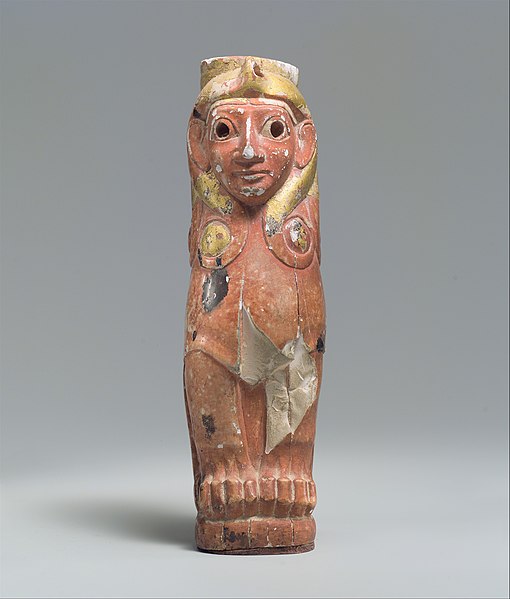Muwatalli II was a king of the New Kingdom of the Hittite empire c. 1295–1282 and 1295–1272 BC in the short chronology.
Depiction of Muwatalli II on a relief at Sirkeli Höyük
On the west bank of the Ceyhan river near the village of Sirkeli (Sirkeli Höyük), a late Hittite rock relief reminds of the presence of the Hittites in the Çukurova (Cilician Plain). It shows the Hittite Great King Muwatalli II (1290–1272 BC)
The Aleppo Treaty: treaty between Muwattalli II king of Hatti, and Talmi-Sharruma king of Aleppo, written in Akkadian. Found in Bogazkoy, ancient Hattusa, dated c. 1300 BC. British Museum
One of the carvings showing Ramesses II at the Battle of Kadesh.
The Hittites were an Anatolian Indo-European people who formed one of the first major civilizations of Bronze Age West Asia. Possibly originating from beyond the Black Sea, they settled in modern day Turkey in the early 2nd millennium BC. The Hittites formed a series of polities in north-central Anatolia, including the kingdom of Kussara, the Kanesh or Nesha kingdom, and an empire centered on Hattusa. Known in modern times as the Hittite Empire, it reached its height during the mid-14th century BC under Šuppiluliuma I, when it encompassed most of Anatolia and parts of the northern Levant and Upper Mesopotamia.
The Great Temple in the inner city of Hattusa
An Alaca Höyük bronze standard from a third millennium BC pre-Hittite tomb (Museum of Anatolian Civilizations, Ankara)
Ivory Hittite Sphinx, 18th century BC
Hattusa ramp








